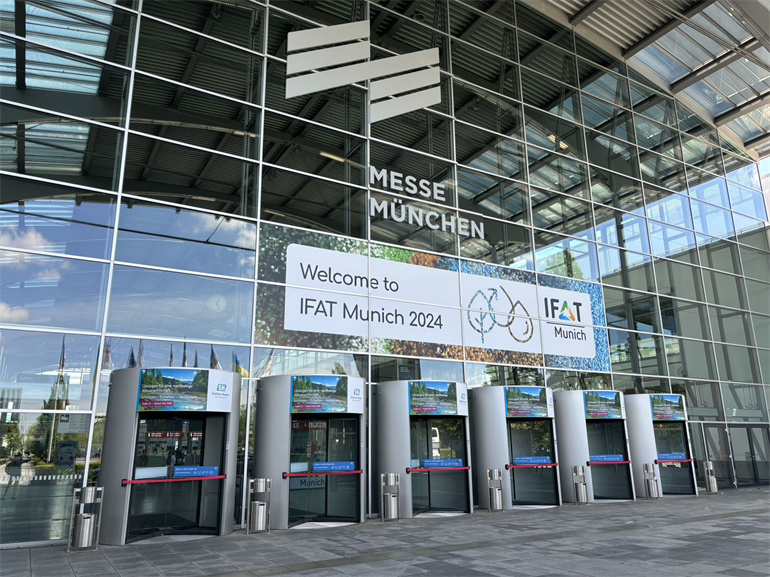Advantages of screw sludge filter press in treating piling sludge wastewater
Advantages of screw sludge filter press in treating piling sludge wastewater
Production of piling sludge:
Mud water (piling mud water, sand washing mud water, construction mud water, tailings mud water, etc.) is a suspension liquid containing a certain amount of fine mud particles in water. Construction piling is a type of mud water and a common type of sludge. When building piling, a large amount of sludge waste water will be generated. According to the environmental protection requirements of the construction site, the disposal of sludge needs to be treated and discharged in accordance with national regulations.
Characteristics of piling sludge:
1. Large amount of mud production: Once the construction machinery is turned on, a large amount of mud can be produced in a short period of time.
2. Difficulty in storage: There is no large-volume mud pool on site, direct discharge will pollute the environment, and the transportation cost is high. Local treatment is the best solution.
3. Staged projects: Building piling is a site for a period of time, and it is unrealistic and expensive and laborious to do sewage treatment projects on site.
The treatment plan of piling sludge:
The working components of the complete set of mud treatment equipment: sedimentation tank, mud feeding pump, dosing barrel, dosing pump, clean water pump, mud purification equipment (optional), sand washing silt solidification equipment, screw conveyor (optional) composition. Improper handling of mud will pollute the environment, cause a lot of soil erosion, silt up rivers, affect water quality, and destroy municipal facilities.
The first option: sedimentation tank method. The treatment plan is mainly to build a sedimentation tank on the construction site, first discharge the sewage into the sedimentation tank, then remove the suspended solids and oily substances and conduct neutralization treatment, and then discharge it into the river after the detection reaches the discharge standard.
This treatment method utilizes the principle of gravity to stop the mud water, allowing the large particles in the mud to settle and the clear liquid to float up to meet the discharge standard. is a more economical method. However, this method is not suitable for all construction site construction conditions and mud characteristics.
The second option: natural dehydration. In this treatment plan, the screen mesh is used in the process of drilling perfusion to separate the small gravel, sand and other solid particles in the mud, and the mud is discharged to the first settling tank, the second settling tank to the third settling tank for sufficient sedimentation. During the construction process, the first sedimentation tank, the second sedimentation tank and the third sedimentation tank should be cleaned in time by the excavator, and the cleaned sediment will be transported to the evaporation tank.
The third option: flocculation treatment. This treatment method adds flocculant to the waste mud water. Since the mud water is a suspended liquid containing a certain amount of fine mud particles in the water, the polymer flocculant is a kind of water-soluble polymer, which is mixed with the mud water. During mixing, since the flocculant has the functions of bridging, net trapping, adsorption and electrical neutralization, it can destroy the stability of the mud water, so that the mud particles can rapidly coagulate and settle from the water, so as to achieve the effect of mud water separation.
The screw sludge filter press is the equipment used in the flocculation treatment method. The sludge waste water is transported to the screw sludge filter press through flocculation and stirring, and the water is squeezed and the sludge is discharged by the force of the screw shaft, the moving ring and the fixed ring. This equipment has the advantages of small footprint, high work efficiency, simple operation, low noise, easy maintenance, energy saving and emission reduction, and is widely used in the field of sludge dewatering.






